Planting Coral Bells: Tips For Growing The Coral Bells Plant In Your Garden
Coral bells, also known as heuchera, sport beautiful foliage and tall, spiky bright flowers. They're known for thriving in woodland areas.

Amy Draiss
If you're looking for stunning color in the garden, then why not consider planting the coral bells perennial. Not only will you receive lots of flower color, but you'll fall in love with the plant's intense variety of foliage color too.
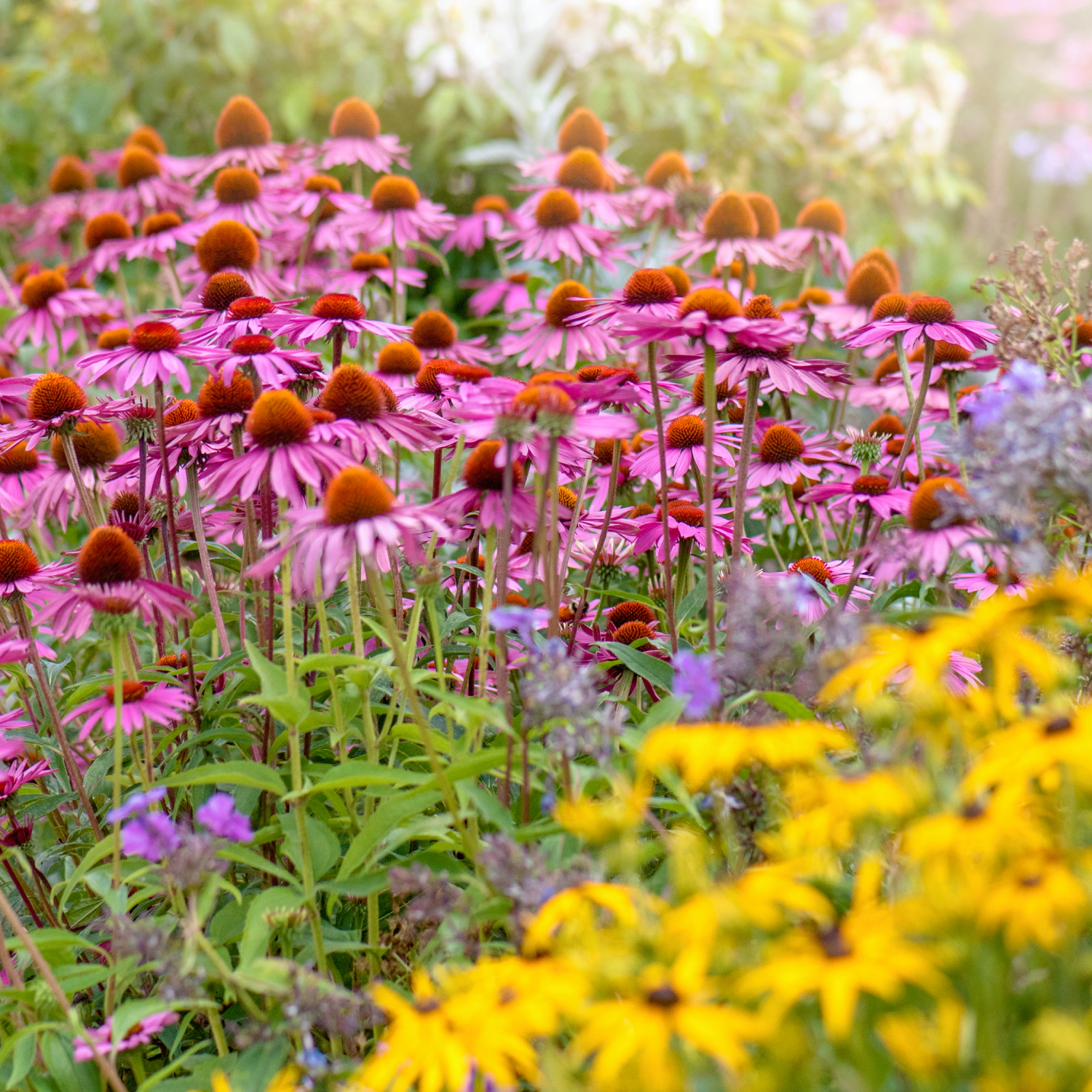
Create stunning, four season interest with some of the best selling perennials in the Gardening Know How Shop.
Coral Bells Perennial
Coral bells (Heuchera) may also be known by alumroot. These perennial plants are hardy to USDA plant hardiness zone 3 and though they're usually listed as evergreens in many climates, they can actually be found in several foliage colors—like bronze, purple, and more.
The spikes of tall, bell-shaped blooms is where the coral bells flowers get their name and are just as impressive as the foliage color, blooming in late spring to early summer. There are also late-blooming types available. The flower color varies too, with colors ranging from white and pink to light coral and deep red.
Grow Coral Bells Plant
Coral bells can be easily grown in the garden. These plants grow naturally in wooded areas; therefore, when planting coral bells, you'll want to mimic these growing conditions by placing them in shade or filtered sun.
Their low-growing, mounding habit makes them a suitable addition to the edges of woodland or natural gardens. They're also great companions for many types of perennial plants. You can also grow coral bells in containers. Give these plants moist, but well-draining soil—preferably enriched with compost or another type of organic matter.
Caring for Coral Bells Plant
Once established, these plants require little in the way of maintenance other than occasional watering, though container grown plants may require more water. You can deadhead spent blooms if desired. Although these plants generally do not rebloom, this will improve its overall appearance.
In addition, you should cut back any old, woody growth in spring. Coral bells can be propagated in spring by seed or through cuttings. Seeds, however, require at least a six-week cold period prior to planting. Division can also be done in spring or fall.
Gardening tips, videos, info and more delivered right to your inbox!
Sign up for the Gardening Know How newsletter today and receive a free copy of our e-book "How to Grow Delicious Tomatoes".

Nikki Tilley has been gardening for nearly three decades. The former Senior Editor and Archivist of Gardening Know How, Nikki has also authored six gardening books.
- Amy DraissDigital Community Manager
-
 Looking For Plants To Give You The Soft And Fuzzies? Try These 5 Fuzzy Leaf Plant Options
Looking For Plants To Give You The Soft And Fuzzies? Try These 5 Fuzzy Leaf Plant OptionsLovers of texture, drama, silver foliage and tactile plants will adore these special sensory garden additions. These fuzzy leaf plant options will leave you all aglow
By Susan Albert
-
 Get Ready For A Summer Of Hummers! Grow These Full Sun Hummingbird Plants and Flowers
Get Ready For A Summer Of Hummers! Grow These Full Sun Hummingbird Plants and FlowersIf you’re lucky enough to enjoy a sunny backyard, make sure you are maxing out on your pollinator opportunities and grow these full sun hummingbird plants and flowers
By Tonya Barnett
-
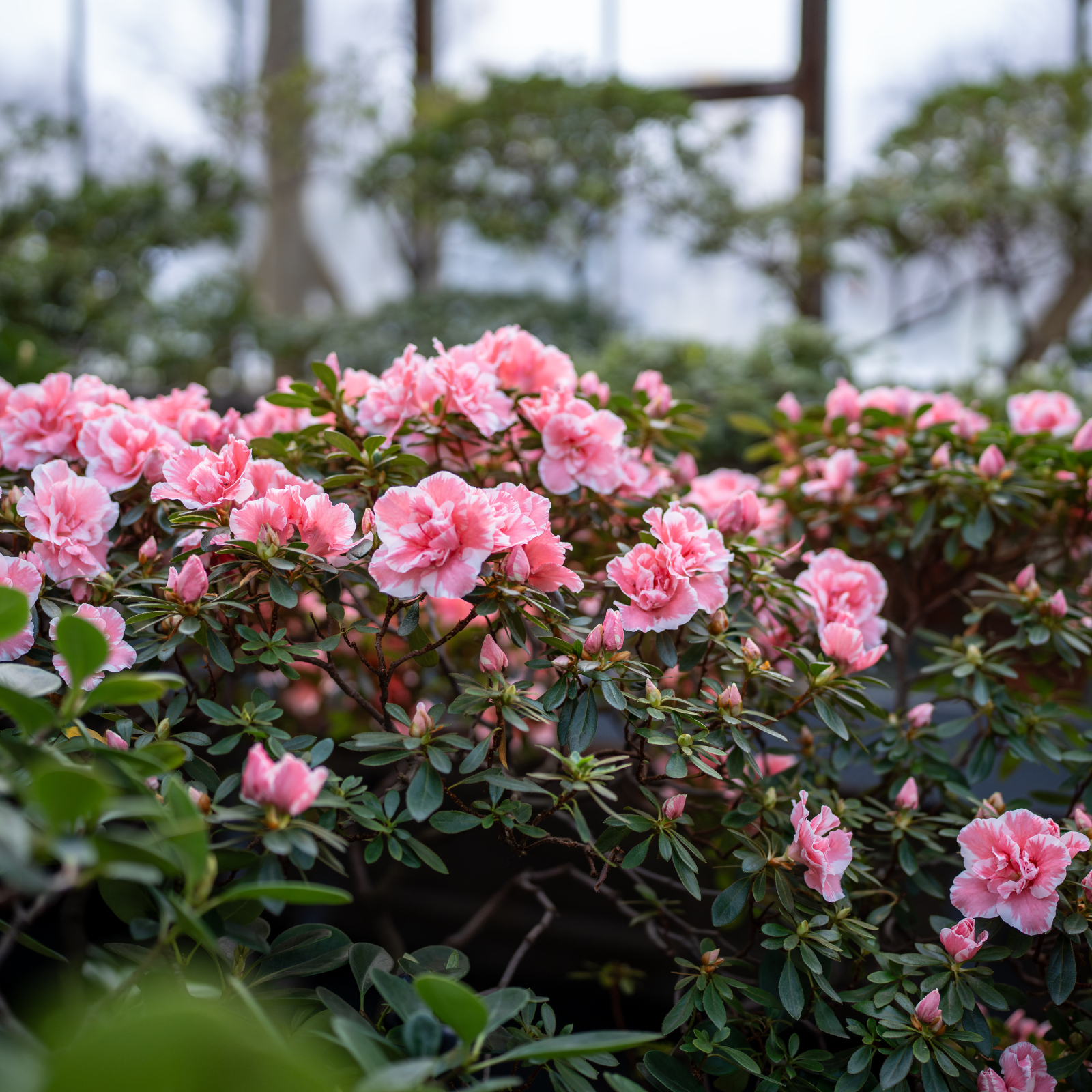 What Is The Size Of An Azalea? Explore Different Varieties That Will Suit Every Garden
What Is The Size Of An Azalea? Explore Different Varieties That Will Suit Every GardenThe size of azaleas can vary widely because they have been selectively bred for different landscape needs. Check out our picks for each size category.
By Mary Ellen Ellis
-
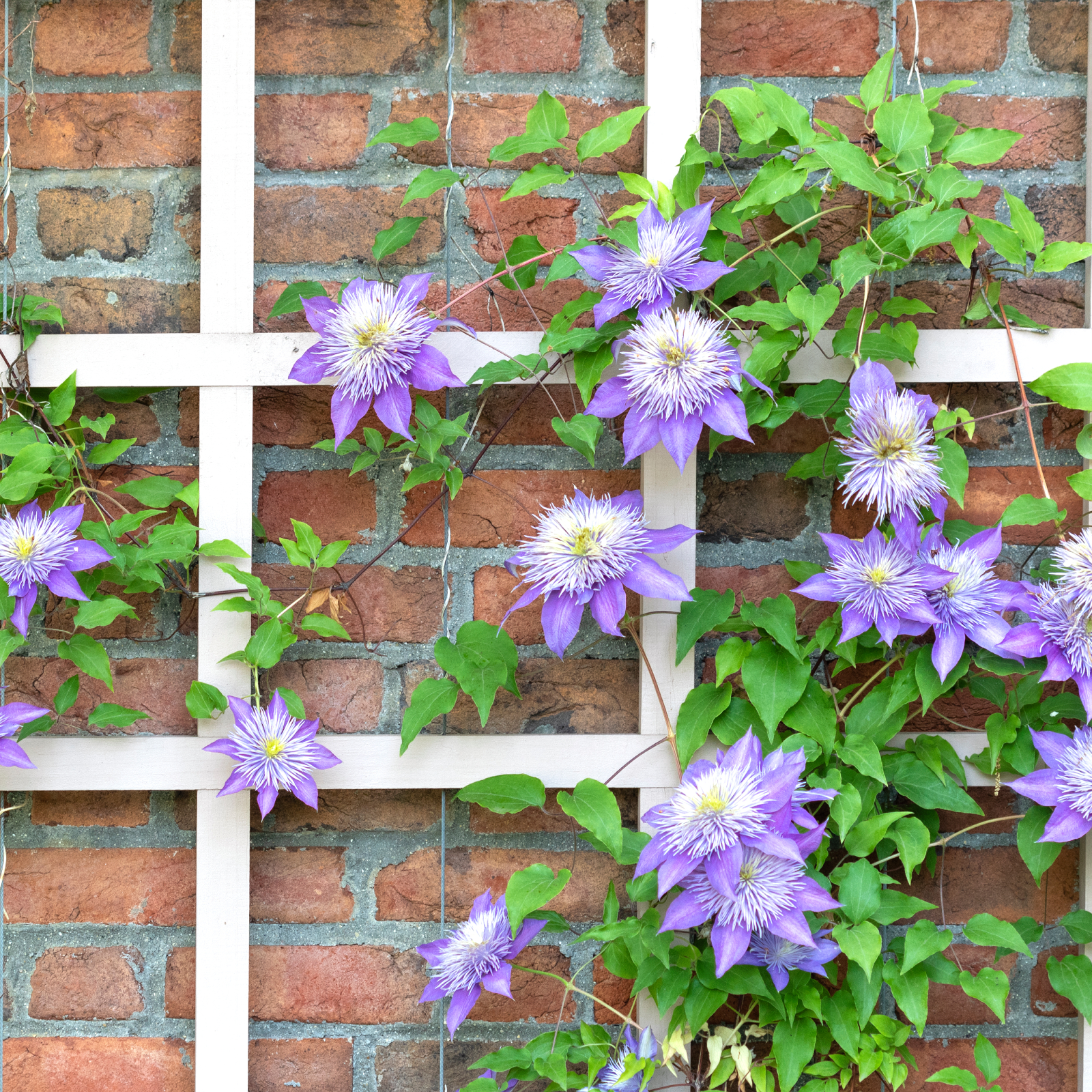 5 Fabulous Fast-Growing Vines – That Will Quickly Climb Any Arbor, Trellis, Or Fence
5 Fabulous Fast-Growing Vines – That Will Quickly Climb Any Arbor, Trellis, Or FenceThese fast growing vines are perfect for covering any eyesores in your yard or creating a living fence. They will provide great visual interest, as well.
By Amy Grant
-
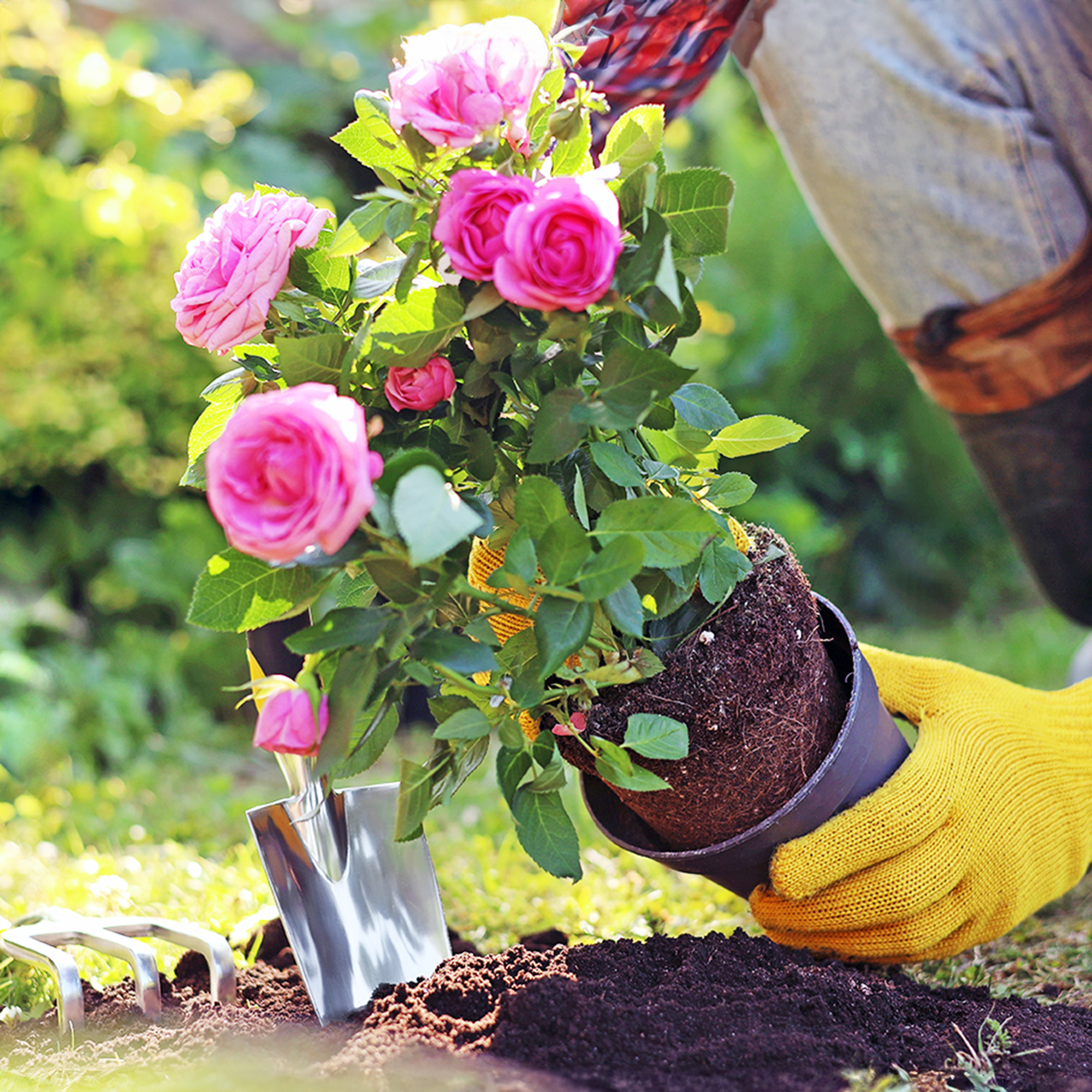 When To Plant Roses: The Best Time For Your Climate And Rose Type
When To Plant Roses: The Best Time For Your Climate And Rose TypePlant your roses at the right time and you will be rewarded with decades of glorious summer flowers – but get it wrong and you'll be crying over dead shrubs.
By Teo Spengler
-
 Spectacular Early Blooming Shrubs: 6 Sparkling Spring Flowering Bushes
Spectacular Early Blooming Shrubs: 6 Sparkling Spring Flowering BushesWant to kickstart your gardening year with dazzling spring flowering bushes for beds and borders? These unique early bloomers are sure to help you rise and shine!
By Teo Spengler
-
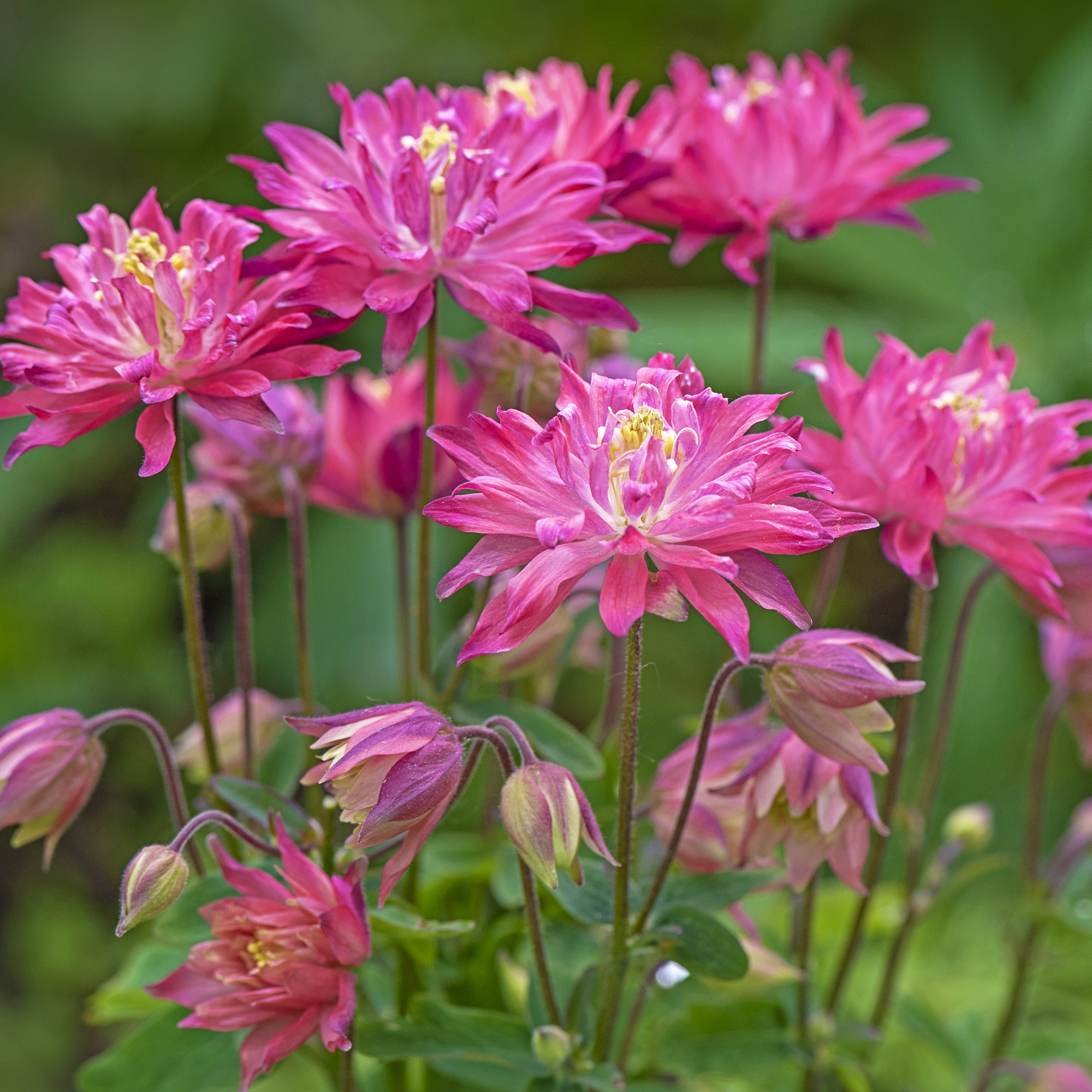 7 Shade-Loving Flowers To Start From Seed Now For A Stunning Summer Garden
7 Shade-Loving Flowers To Start From Seed Now For A Stunning Summer GardenTurn shady spots into vibrant new garden spaces with lovely and illuminating shade-loving flowers.
By Ellen Wells
-
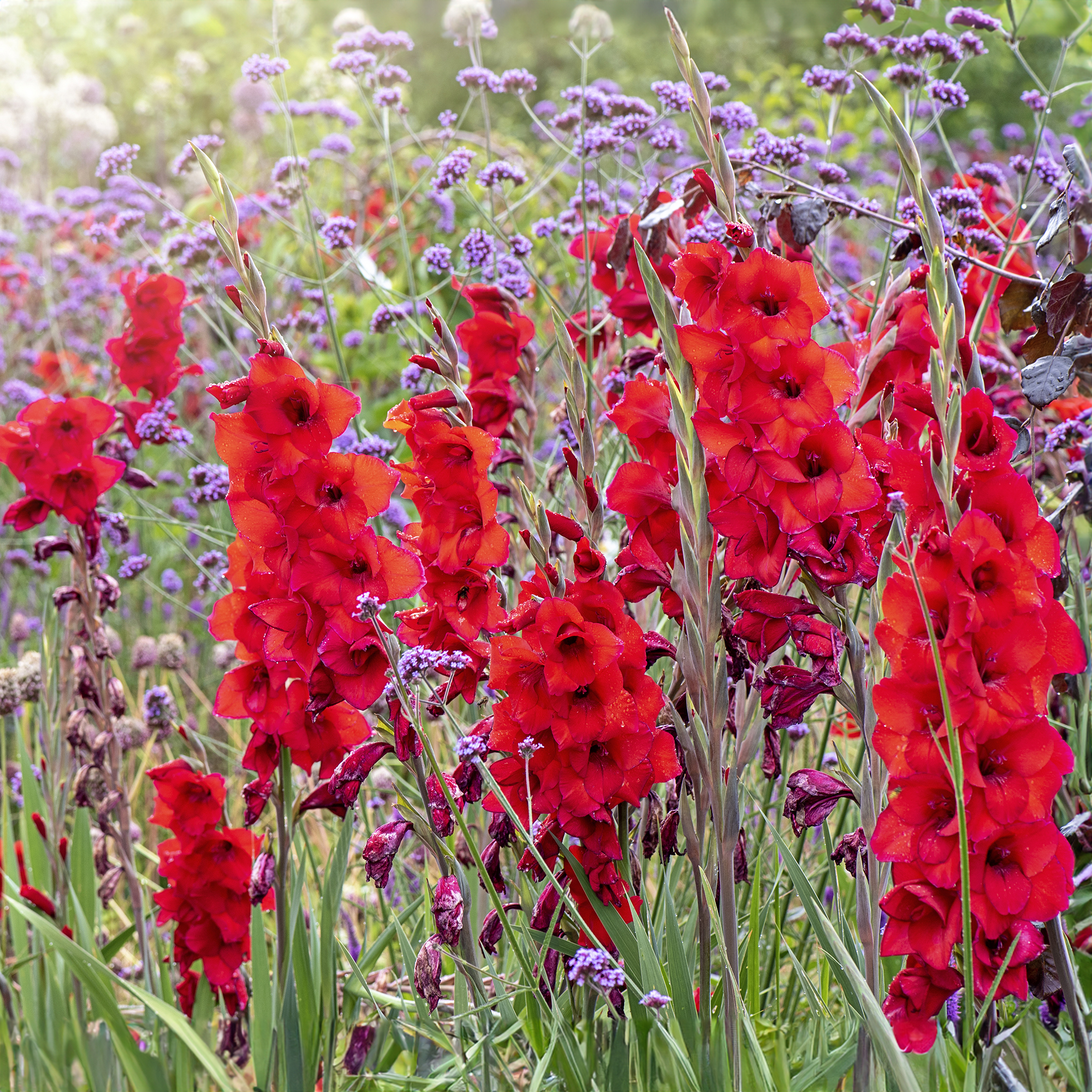 7 Summer-Blooming Bulbs To Plant In Early Spring: Don't Miss Months Of Glorious Flowers!
7 Summer-Blooming Bulbs To Plant In Early Spring: Don't Miss Months Of Glorious Flowers!Get a head start on stunning summer blooms with these easy-to-plant bulbs – act early and you will enjoy vibrant flowers that last for months on end.
By Mary Ellen Ellis
-
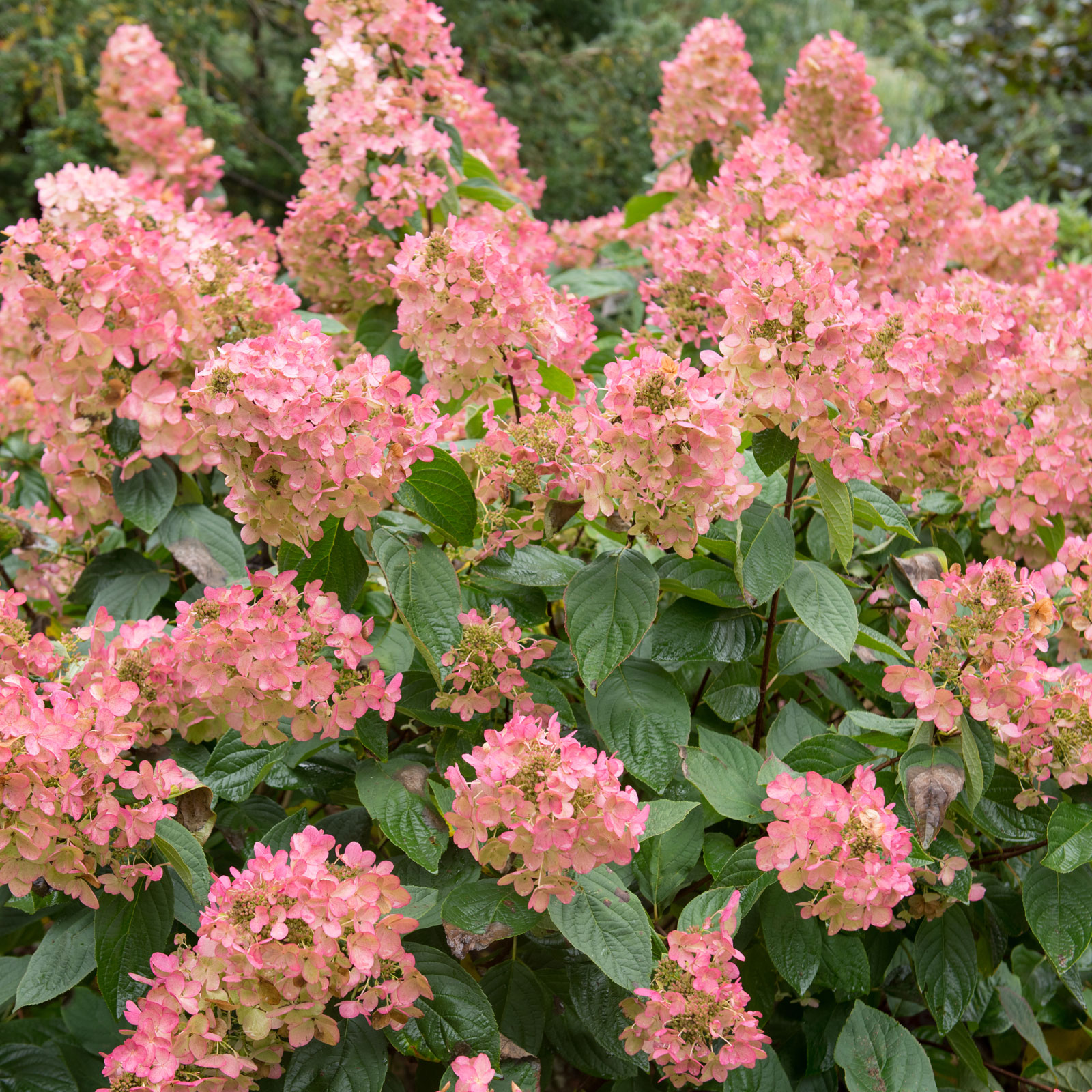 Quick Fire Hydrangea – The Elegant, Easy-Care Shrub Every Gardener Needs In Their Landscape
Quick Fire Hydrangea – The Elegant, Easy-Care Shrub Every Gardener Needs In Their LandscapeIf you’re after an early flowering panicle hydrangea that offers plenty of floral variety, the Quick Fire hydrangea goes big on visual dynamics from early summer to fall
By Tonya Barnett
-
 8 Rare Orchids That Make Stunning Houseplants – Some Are Surprisingly Easy To Grow
8 Rare Orchids That Make Stunning Houseplants – Some Are Surprisingly Easy To GrowDiscover unique orchids that will add exotic beauty to your home. Some make easygoing houseplants, while others offer a challenge for more seasoned growers.
By Melanie Griffiths